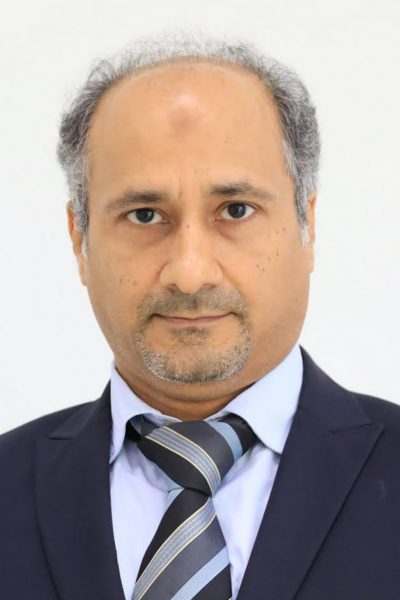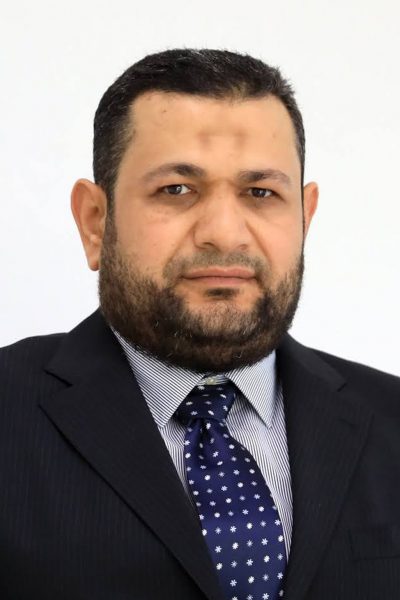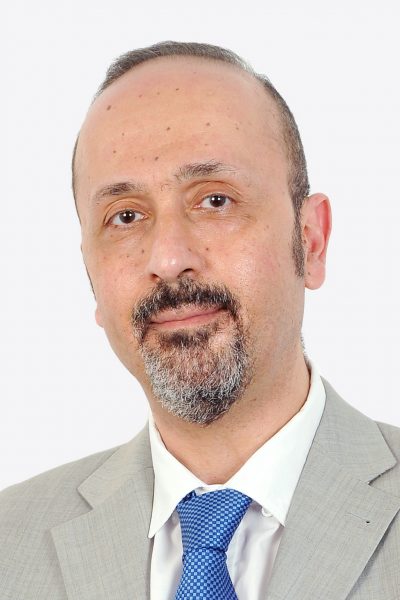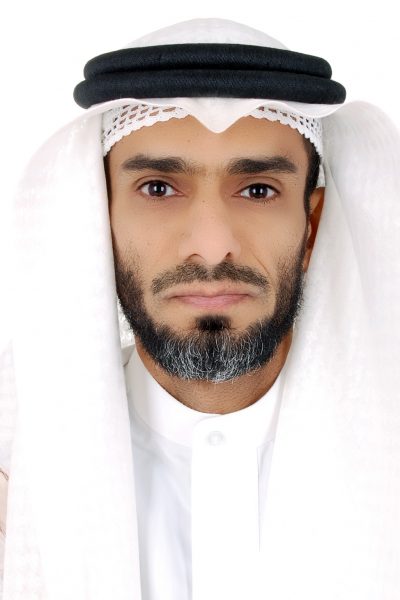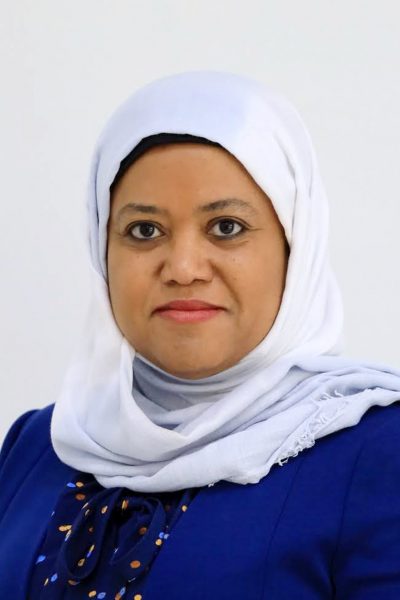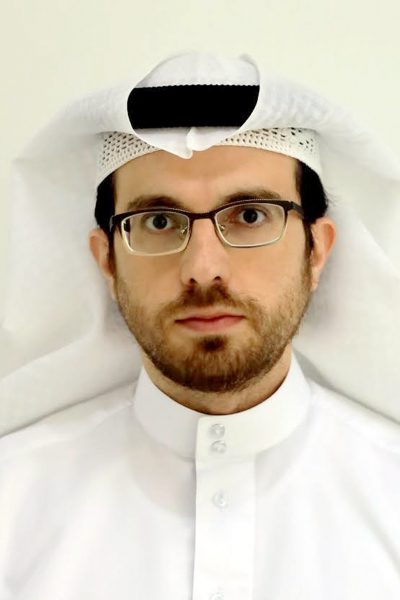ABOUT THE DEPARTMENT
The Department of Physics was established in 1978 which was part of the University College of Arts, Science and Education. Then it became part of the University of Bahrain when established in 1986 by the Amiri Decree number 11 for the year 1986. The Department of Physics is the only department offering academic programs in physics in the Kingdom of Bahrain.
The programs offered by the department expose students to deep theoretical knowledge in addition to computational and practical skills that cover a wide range of areas in physics such as classical mechanics, quantum mechanics, electromagnetic theory, thermodynamics, electronics, optics, laser physics, solid state physics, computational physics, mathematical physics, nuclear physics, particle physics and astronomy. As of September 2024, the Department of Physics has a total of 185 enrolled students, 16 faculty members, one teaching and research assistant, and 10 administrative staff in addition to a number of members working at the department on a part-time basis.
OUR PROGRAMS
The Department of Physics is committed to providing a high-quality education in physics and applied physics; to providing physics graduates with scientific and technical skills; to establishing partnerships and collaborations with local institutions, industries, international universities, and scientific research centers; and to producing internationally recognized scientific research. The Department of Physics is also committed to serving the community by conducting scientific consultations, carrying out studies, and organizing public lectures and specialized workshops.
OUR FACULTY
The Department of Physics has 16 national and international faculty members. The Department of Physics has an active research faculty. Faculty members conduct research in the areas of solid-state physics, laser physics, radiation physics, astrophysics, applied optics, photonics, plasma physics, material science and nanoparticles, computational material science, medical physics, renewable energy, quantum optics, and engineering sciences.




